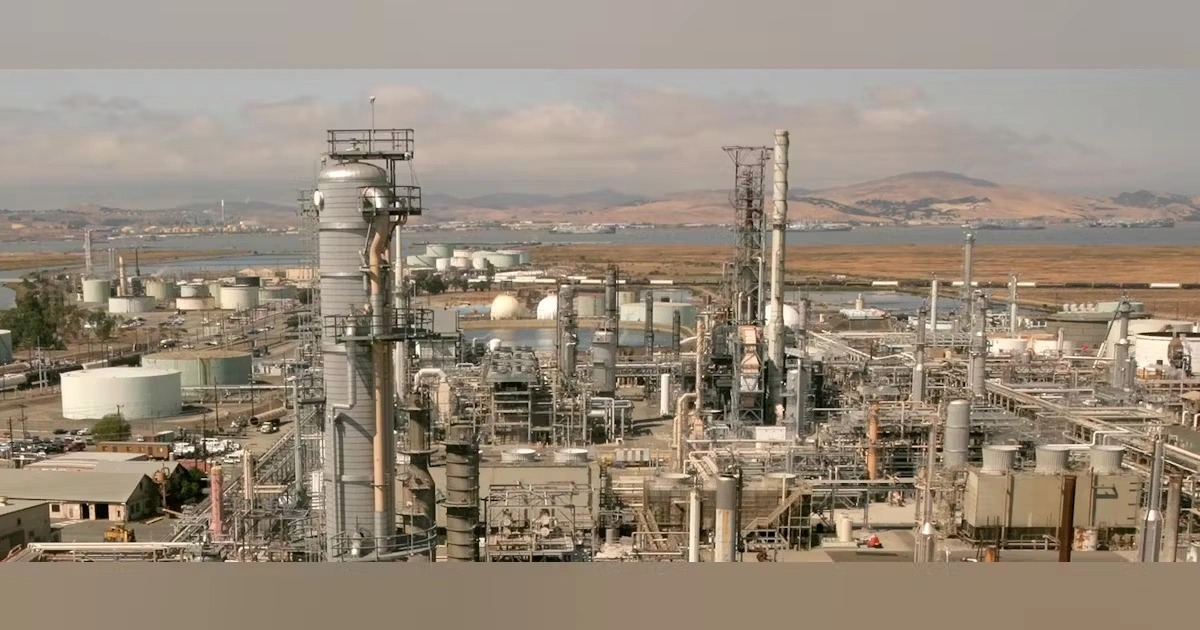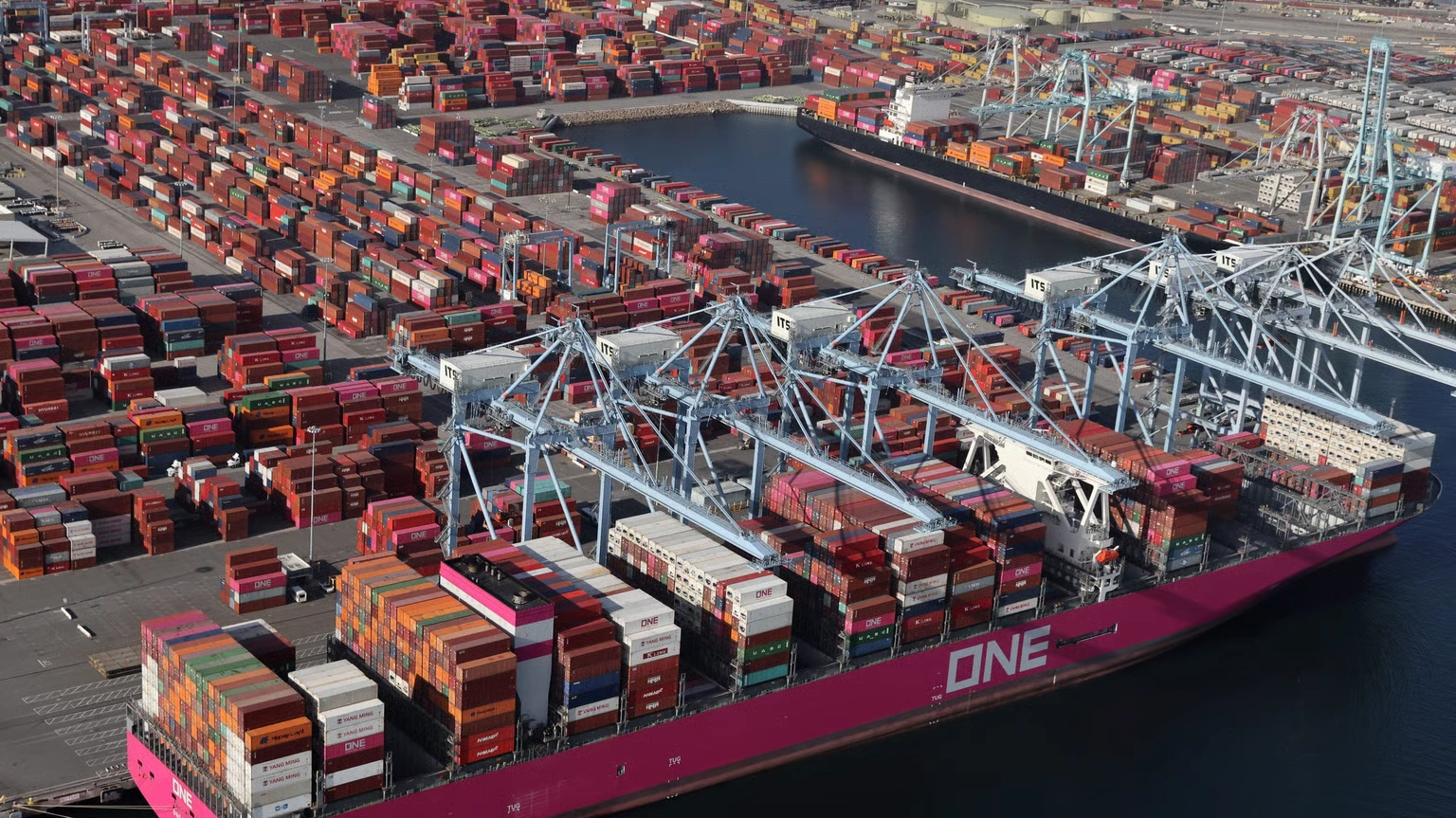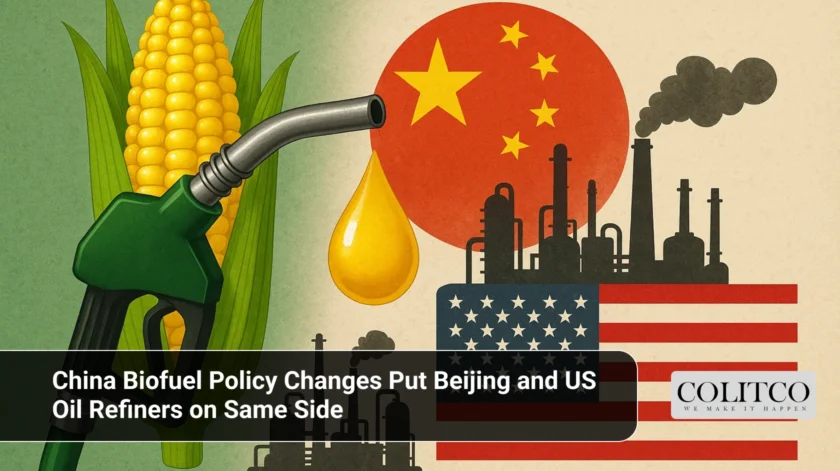China’s biofuel policy shifts have emerged into the spotlight following Beijing’s outcry over scheduled US action to reduce incentives for renewable diesel made from foreign feedstocks. The controversy has drawn uncommon alignment between Chinese officials and big US oil refiners.
China Biofuel Policy Changes Attract Global Attention
China’s biofuel policy changes became a main issue after one of the Beijing government departments made a move, issuing an August 2025 letter to the US Environmental Protection Agency (EPA). The letter warned that the new regulations would damage trade, reduce US refining efficiency, and slow carbon reduction goals.
The agency argued that cutting credits for foreign-produced feedstocks would put obstacles in the way of cross-border supply chains. China sends the largest quantity of waste oil and used cooking oil to the US, which has become central to renewable diesel production.
US Refiners and China Share Concerns
Fewer China biofuel policy shifts have ever aligned with leading US refiners. Exxon Mobil Corp., Chevron Corp., and independent producers like Diamond Green Diesel LLC also complained similarly in their EPA submissions.

US refiners built renewable diesel plants dependent on imported waste oil feedstocks
These refiners built renewable diesel plants on waterborne imports of waste oil and tallow. Restricting credits on imported feedstocks threatens to upend their business models, as domestic alternatives move by truck and rail at more expense.
Biofuel Policy Reforms and Incentives for Renewable Diesel
The June 2025 EPA proposal would reduce incentives for foreign feedstock-based renewable diesel. Imported waste oil would be granted half of the renewable identification numbers (RINs) provided to domestic feedstocks.
This move is intended to stimulate market demand for soybean oil and other locally produced commodities. The shift is supported by farmer organizations like the National Oilseed Processors Association on the grounds that agricultural markets battered by trade tariffs must be stabilized.
Trade Pressures on Imported Feedstocks
China’s policy changes on biofuel reflect wider skepticism about the role of imports in renewable fuels. Imports of used cooking oil have surged in recent years, led by China, which is the largest supplier.

Imports of waste oil from China reached record levels in 2025. placement
US Census Bureau data show consistent growth in feedstock imports from Asia to US refiners. Without the imports, renewable diesel makers signal supply bottlenecks and reduced fuel output capacity.
Market Pressures on Refiners
China’s biofuel policy changes also reflect the conflict between inland and coastal refiners. Port-sited plants depend nearly exclusively on waterborne imports. Inland refiners lean more heavily on rail-delivered domestic feedstocks, putting them at an advantage under the new rules.
Bloomberg Intelligence analyst Brett Gibbs commented that the proposal risks warping competition. Plants constructed to receive imported feedstocks have a higher logistic cost in getting utilized to shift into rail and truck delivery infrastructures.
Incentives for Domestically Produced Renewable Diesel
The EPA’s proposal centers on boosting incentives for renewable diesel produced with U.S.-harvested feedstocks. It would provide stronger credit values for soybean oil, boosting demand when farmers are already reeling from export restrictions due to tariffs.

Farmers support EPA plans to boost soybean oil demand under new biofuel rules
Farmer and crop processor organizations argue that this alignment would protect domestic agriculture. They clarify that soybean oil is a reliable basis for renewable diesel, reducing reliance on volatile foreign supply chains.
China’s Threat to Supply Chain Margins
Chinese government officials said in their letter that policy changes for biofuels would constrict profit margins down the supply chain for renewable diesel. The letter, from Jiao Yang, deputy director general of a trade-focused agency, cautioned that some US small and medium-sized enterprises may need to leave the market.
The message was that secure trade volumes are imperative to balancing renewable diesel production and prices. Without the importation of feedstocks, prices may increase for consumers and refiners alike.
The Role of RINs in the Debate
Renewable identification numbers (RINs) are the focus of the US Renewable Fuel Standard. These credits are bought and sold by refiners and producers to satisfy required blending quotas.
China’s policy change in biofuels would directly affect the value of RINs on imported feedstocks. Reducing half of the credits halves profitability to refiners that operate on foreign waste oil and beef tallow.
Political Pressures and Industry Response
Increased domestic biofuel quotas have been pursued by the Trump administration, as well as attempts to restrict imports. This is an effort to balance farm interests and energy policy.
The row pits two mighty lobbies against each other: farm organizations backing US feedstocks and oil refiners resisting supply restrictions. The unusual alignment of the refiners with China shows just how globalized the renewable diesel market has become.
Timeline for EPA’s Final Decision
The EPA should make its decision regarding blending obligations and credit allocations for 2026 and 2027 by the end of October 2025. The timeline leaves little room for bargaining before the policy takes effect.
All concerned parties, from farmers to refiners, want clarity on how China’s policy revisions will reframe incentives for renewable diesel from foreign feedstocks and domestic feedstocks.
Also Read: OpenAI AI Chip 2026 to Cut Nvidia Reliance With Broadcom
Market Outlook for China Biofuel Policy Changes
China’s biofuel policy changes continue to be a top issue in global energy trade. Refiners could be faced with thinner margins and tighter feedstock availability if the EPA takes action.
Expected trends point toward more competition from domestic soybean oil versus imported waste oil. The situation within the market will be in the balance depending on whether refiners change plants or press on for policy reforms that favor keeping credits on imports.
FAQs
- What are China biofuel policy changes about?
China biofuel policy changes refer to Beijing’s response to proposed US rules cutting credits for renewable diesel made with imported feedstocks. - Why are China biofuel policy changes important to US refiners?
US refiners rely on imported waste oil and cooking oil, much of which comes from China. The policy changes affect credit values and profitability. - How do biofuel policy changes affect renewable diesel incentives?
The EPA proposal grants only half the credits to renewable diesel produced from imported feedstocks compared to fuels made from US-grown crops. - What role does China play in renewable diesel supply?
China has become the leading supplier of waste oil and used cooking oil to the US, supporting renewable diesel production over recent years. - Who supports the proposed biofuel policy changes in the US?
Farmer groups and crop processors, including the National Oilseed Processors Association, support the changes because they boost demand for soybean oil. - Which companies opposed the biofuel policy changes?
Exxon Mobil Corp., Chevron Corp., and Diamond Green Diesel LLC opposed the changes, citing reliance on imported feedstocks. - How do China biofuel policy changes affect RIN credits?
Renewable identification numbers (RINs) are central to compliance with US blending laws. Imported feedstocks would generate fewer credits under the new plan. - What challenges do refiners face with the policy changes?
Refiners built facilities designed for imported feedstocks delivered by sea. Shifting to domestic sources by rail or truck increases costs. - What concerns did China raise in its letter to the EPA?
Chinese officials warned the policy changes could disrupt trade, reduce profit margins, and force smaller US firms to exit the market. - When will the EPA finalize its decision on biofuel credits?
The EPA is expected to announce final rules on blending obligations and credit allocations for 2026 and 2027 by the end of October 2025.












